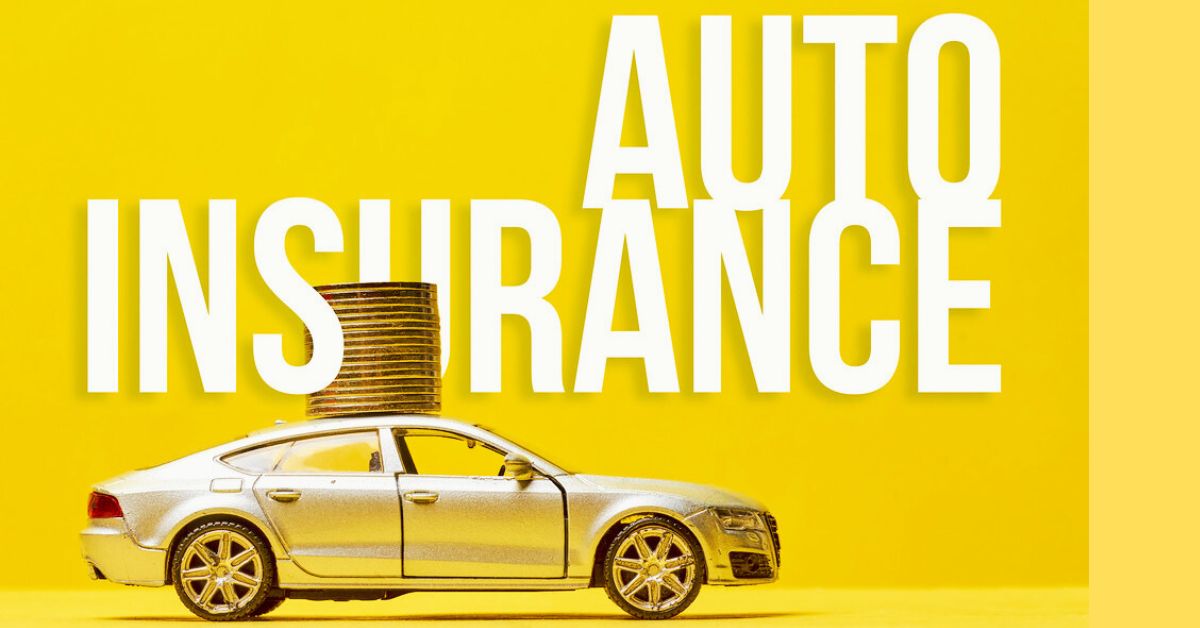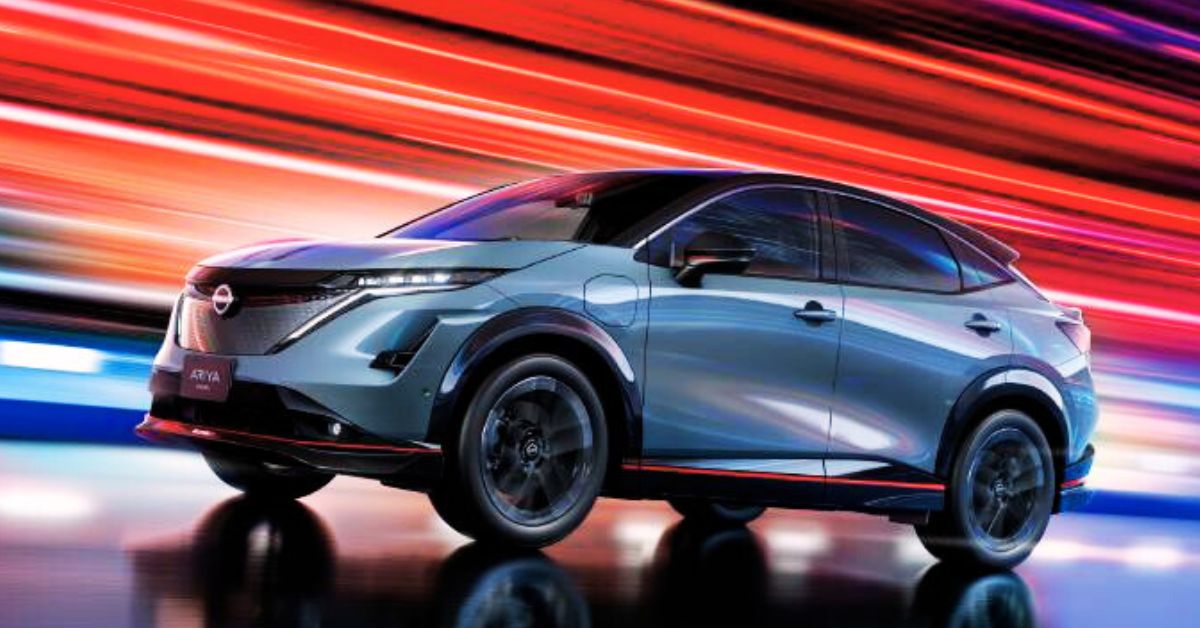
After a hefty 24% increase in auto insurance rates last year, 2024 is set to be a smoother ride with a projected 7% uptick. Insurify, the insurance experts, anticipate a more moderate climb, offering some financial relief for drivers. Buckle up for a steadier journey on the road to insurance affordability!
Zooming into the national landscape, the crystal ball predicts that the average cost for a full-coverage policy is set to hover around $2,019 in the coming year. Brace yourself – that’s about 2.6% of the median household income. Choosing to roll with the state-minimum liability insurance? Well, that comes at a more wallet-friendly national average of $1,154 annually.
So, whether you’re opting for the deluxe full-coverage package or cruising with the minimalist state-minimum option, it’s all about finding the insurance lane that aligns with your budget.
New York takes the lead in the auto insurance rate race, with drivers shelling out a hefty $3,374 annually for a full-coverage policy – the highest in the nation! Blame it on the Big Apple’s bustling streets and jam-packed neighborhoods, making claims more likely.
And it’s not just the Empire State feeling the pinch. Nevada, Florida, Delaware, and Louisiana join the party in the top five, creating a high-stakes league of expensive insurance spots. Buckle up, New Yorkers – you’re in the fast lane of insurance costs!
Louisiana leads the nation in the car insurance cost burden, with drivers spending 4.7% of their incomes on coverage. Following closely are Florida and New York, where drivers allocate 4.3% of their earnings to stay insured. South Carolina and Kentucky also make the list, with residents in each state dedicating 4.2% and 4.1% of their incomes, respectively, towards car insurance. It’s a snapshot of the varying financial roadblocks faced by drivers across the country!
Blame it on Mother Nature! Florida’s soaring insurance costs are like a storm aftermath, mainly tied to the wild weather. In 2022, Hurricane Ian left a $109.5 billion mark of destruction, pushing insurers to jack up rates or hit the pause button on new policies. It’s the Sunshine State’s not-so-sunny side when it comes to weathering the financial impact of natural disasters.
Insurify’s predictions aren’t magic – they stem from analyzing 97 million policy quotes. Last year, higher loss ratios hit insurers due to pricier auto parts and more severe damage to high-tech vehicles. Increased traffic crashes didn’t help either.
Insurify’s Betsy Stella spills the beans: the insurance industry got hit hard by the lingering effects of COVID-19. Thanks to the supply chain snail pace, a shortage of hands on deck, and the inflation party, insurers had a rough 2023. It’s like the perfect storm of challenges shaking up the insurance landscape!
This year’s auto insurance hikes are playing double trouble, soaring past the recent 3.1% inflation rate. In the quest to dodge the financial speed bumps, drivers are getting creative. Insurify spills the tea: they’re upping deductibles, trimming coverage limits, doing the insurance shuffle, kicking drivers off policies, and even bidding farewell to full coverage. It’s a wild ride of cost-cutting strategies in the world of wheels!
Here’s the lowdown on driving smart: if you’re jacking up your deductibles or scouting for budget-friendly policies with the same coverage elsewhere, you’re playing it savvy. It’s like taking the scenic route with less risk.
Those who fully own their rides are ditching the deluxe coverage, either cruising with state minimum liability policies or daring to go bare – no coverage at all! It’s like a high-stakes gamble in the world of auto insurance choices.
A whopping 72% of drivers were on the hunt for state minimum policies, skyrocketing from a mere 37% in 2022. Meanwhile, the quest for full coverage took a nosedive, with only 28% opting for the deluxe package, compared to 63% in the previous year. It’s a tale of changing lanes and evolving choices in the dynamic world of auto insurance!
The first half of 2023 brought some wild stats: a dozen states witnessed a staggering 30% surge in the number of renegade, uninsured drivers compared to the previous year. South Dakota and New Hampshire take the crown for the biggest spike in the uninsured driver brigade.



